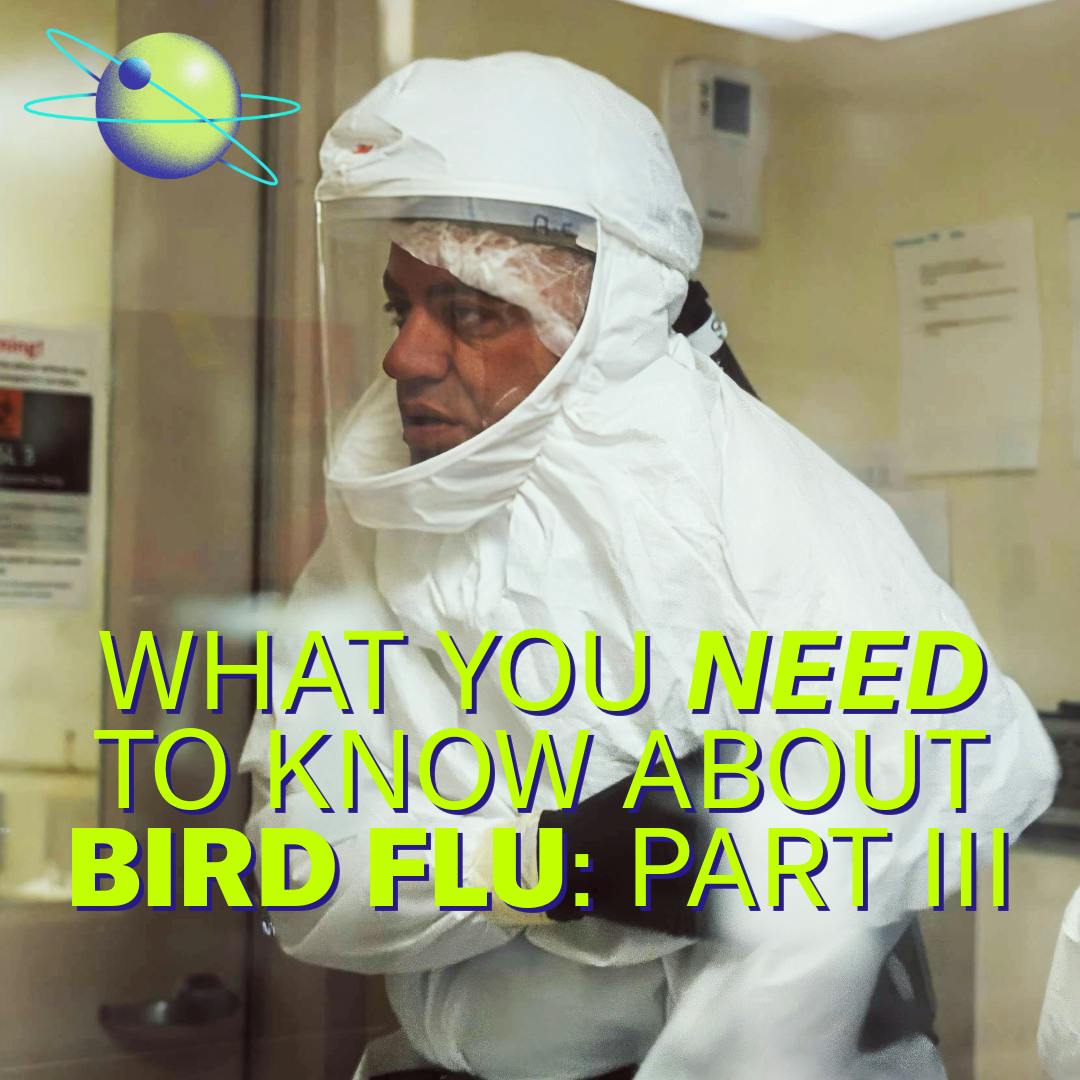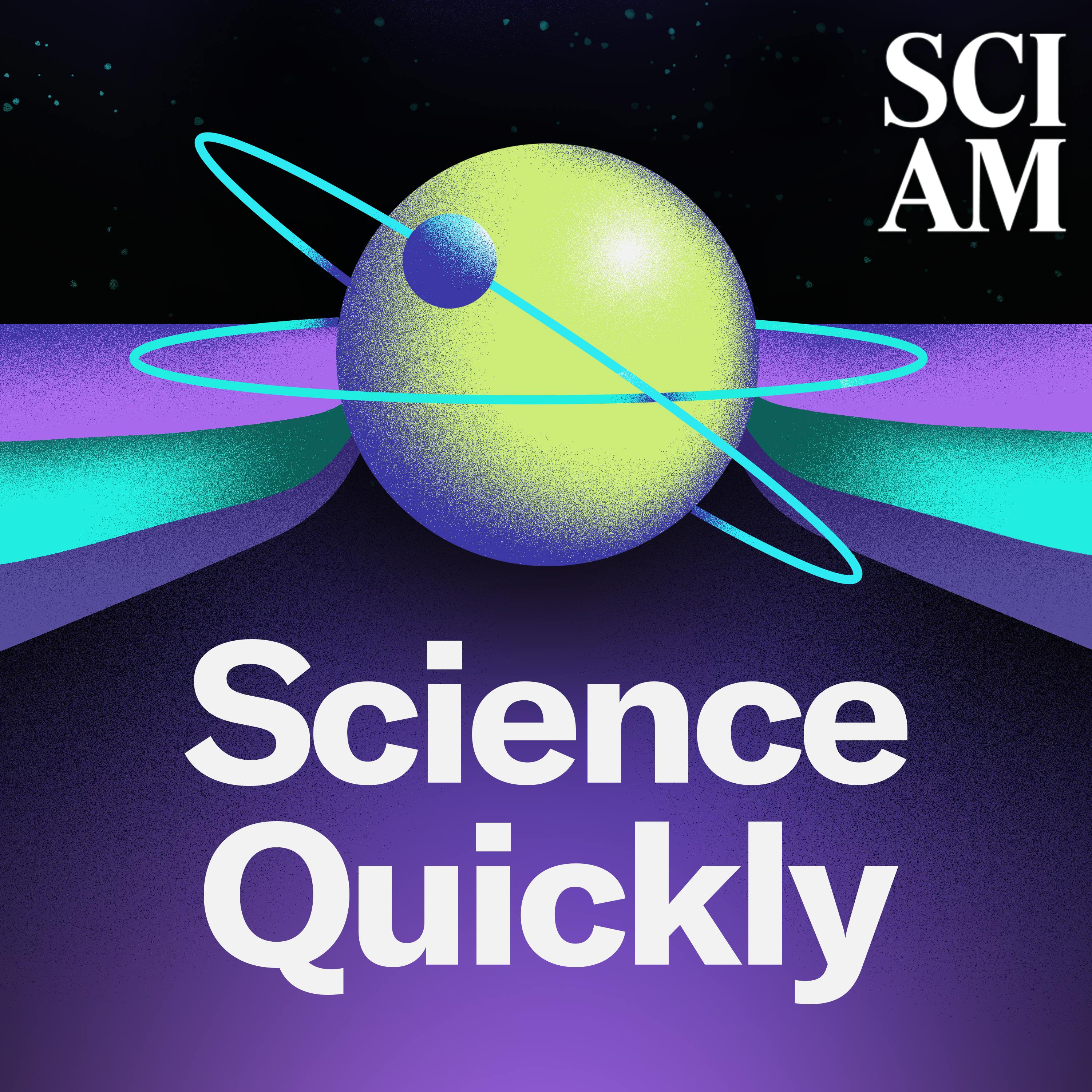
How to Fight Bird Flu If It Becomes the Next Human Pandemic (Part 3)

Science Quickly
Deep Dive
Shownotes Transcript
Creating a bird flu vaccine requires several layers of bioprotective clothing and typically a whole lot of eggs. H5N1 avian influenza infections have gone from flocks of chickens to herds of cattle and humans. Scientists at the Texas Biomedical Research Institute are taking their best guess at the strains of the virus that could spread and are creating critical vaccine candidates.
Multimedia journalist and Scientific American multimedia intern Naeem Amarsy suited up and went to San Antonio, Tex., to visit a “biosafety level three” (BSL-3) lab at the institute.
This is the third and final episode of our series about bird flu.
You can listen to episode one:
And episode two:
And read more of our health coverage:
https://www.scientificamerican.com/health/)
E-mail us at [email protected]) if you have any questions, comments or ideas for stories we should cover!
Discover something new every day: subscribe) to Scientific American and sign up) for Today in Science, our daily newsletter.
Science Quickly is produced by Rachel Feltman, Fonda Mwangi, Kelso Harper, Naeem Amarsy and Jeff DelViscio. This episode was hosted and reported by Naeem Amarsy. This series was reported and produced by Lauren Young, Meghan Bartels, Fonda Mwangi and Jeff DelViscio. Special thanks to Laura Petersen and Catie Corcoran at the Texas Biomedical Research Institute, Jane Deng and Elizabeth Dowling at the Icahn School of Medicine at Mount Sinai, and Kimberly Lau, Dean Visser and Jeanna Bryner at Scientific American. Our show is edited by Alex Sugiura with fact-checking by Shayna Posses and Aaron Shattuck. The theme music was composed by Dominic Smith.
Learn more about your ad choices. Visit megaphone.fm/adchoices)